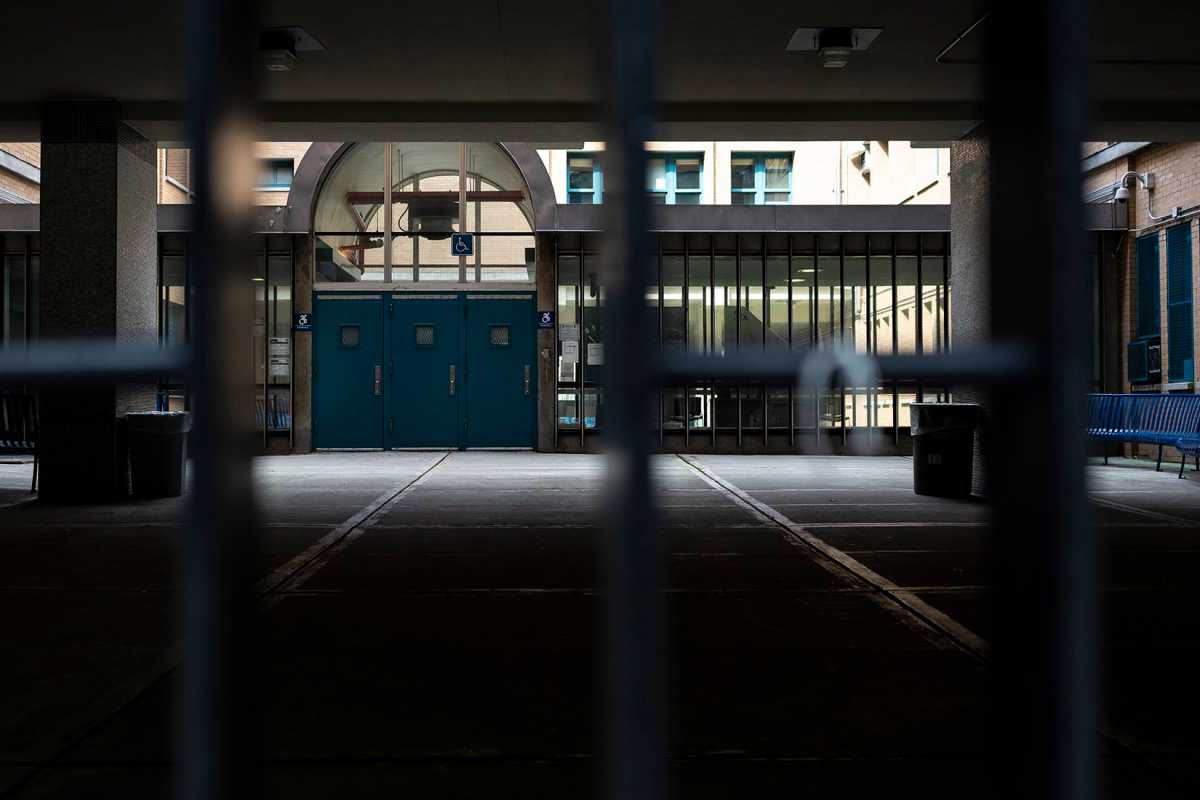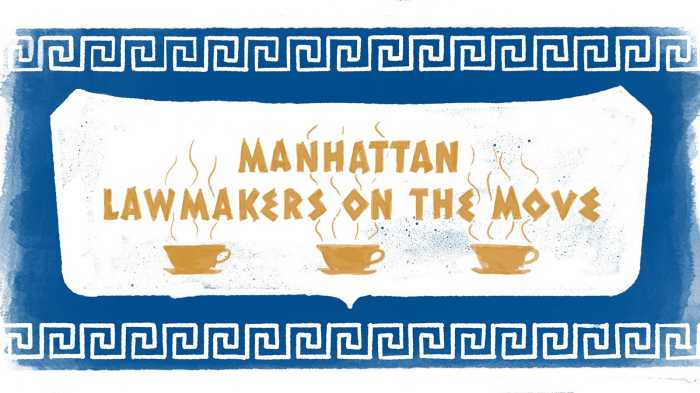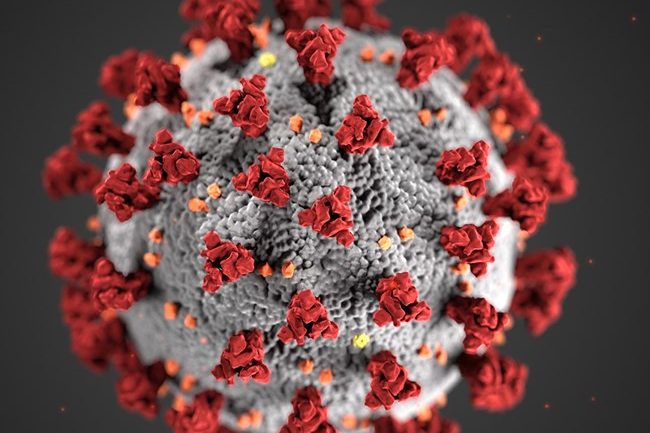Is it safe for schools to reopen this September? According to most of our lawmakers and experts, the answer is a cautious, tentative “yes”.
Yesterday, the New York Department of Education (DOE) and United Federation of Teachers (UFT) hosted a virtual town hall meeting about how New York will reopen its schools this fall. The meeting saw appearances from U.S. Rep. Adriano Espaillat (D-Manhattan, Bronx); Assemblymembers Carmen De La Rosa (D-Upper Manhattan) and Al Taylor (D-Harlem, Washington Heights); State Senator Robert Jackson (D-Washington Heights, Inwood); and Councilmember Mark Levine (D-Manhattan Valley, Manhattanville). The meeting also featured input from DOE Chancellor Allison Hirsh, UFT Secretary LeRoy Barr, and pediatrician Juan Tapia-Mendoza.
“These are difficult times for New York City,” said Levine. “Tonight we’re focusing on a critical topic: a plan for our schools beginning in September.”
The good news is that New York, on the whole, meets most of the necessary standards for reopening. Statewide, our positive test rate is currently around .8 percent – well below the 3 percent minimum recommended by the de Blasio Administration.
“March was a challenge, to say the least,” said Allison Hirsh. “We have gone from being the epicenter of the COVID crisis to a model, being able to maintain a low positive test rate across the City. Because of that, having worked with our partners at the Department of Health, we do think it’s safe to reopen schools in a blended learning model.”
However, as LeRoy Barr explained, there are other standards that schools have to meet in order to reopen safely. Barr listed three “check marks” that schools have to cross off before reopening. First, they must make sure they have all the medical supplies they need to curb the spread; second, they must have procedures in place through which they can allow students into the building each morning; and third, they must have an active testing regimen in place.
Barr particularly stressed the last point as especially important. Although our positive test rate is low at the moment, that can quickly change if we let in too many students without testing them.
“We’re watching what’s happening across the entire country,” said Barr. “Schools are opening up without these things in place, and then there are outbreaks and they have to close. These are our most precious resources. We can’t allow this to be an opportunity for us not to do our absolute best work.”
And while it’s safe for schools to reopen, Hirsh maintained that our day-to-day classes will look considerably different from the norm. Students will still be having classes five days a week, but not all of them will be learning in-person; some will learn entirely remotely, while others will receive a combination of both.
Hirsh also pointed out that the DOE is aware of the mistakes it made the last time it tried to instate remote learning in March, and is determined to correct those mistakes. Last Spring, most districts did not require teachers to provide live instruction to their students; in some cases, interactions between teachers and students were limited to occasional email and text conversations. This time around, Hirsh promised that there would be “live interactions” between students and teachers every single day.
“Every day should begin and end with student support and community building, whether remote or in-person,” said Hirsh.
In the event that a student does display symptoms of COVID, schools will have designated “isolation rooms” where they can wait for their parents to pick them up. If they then test positive for the virus, their classmates will be quarantined for 14 days. If two students from different classes test positive, the school building will close for at least 24 hours; during that period, the NYC Health + Hospitals Test and Trace Corps will investigate the matter to determine whether the school needs to stay closed longer.
Juan Tapia, who works in Washington Heights, expressed several lingering concerns he has about this coming semester. By his account, parents have been largely excluded from the planning process for reopening, and many of his clients are still fearful about the prospect of sending their children back to school.
“One thing we have seen during the daily battle is that our patients, our parents, are very afraid,” said Tapia. “Many parents do not understand what’s going on. I understand that at least 300,000 parents have opted out of in-person learning.”
For this reason, Tapia recommended extensive coordination and communication between school nurses and students’ pediatricians. A pediatrician is often “one of the most trusted members of a family”, in his words, and keeping them actively involved with our students’ day-to-day health may assuage parents’ fears.
Al Taylor said he had “mixed emotions” about this coming September, and asserted that we need to stay “at the helm” of this issue – not just for our students’ sake, but for their parents’ as well.
“We’re talking about second and third generation kids going home to their parents and grandparents,” said Taylor. “We’re talking about folks that have shown that our communities are overrun with inadequate facilities and overcrowded. So I’m very concerned and will be eagerly watching and waiting and listening from day one.”








